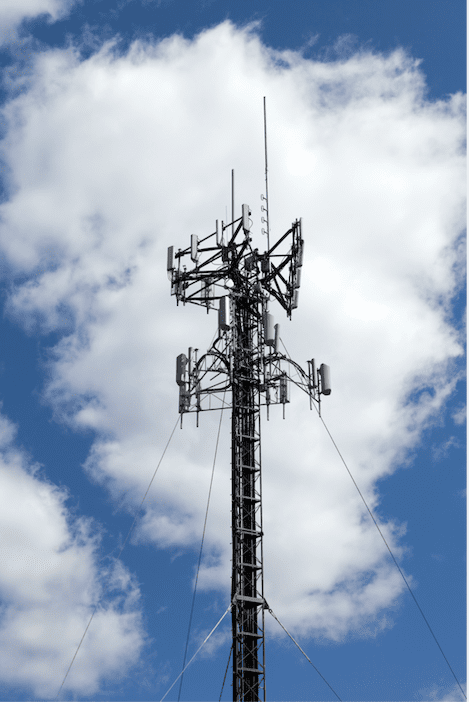No matter what type of two-way radio you may be using, one of the most important elements of using them is the frequency being used. Nevertheless, while it is entirely possible to find the right frequencies without fully understanding what they entail, it is difficult to do so for many reasons. Either way, if you are interested in learning more about radio frequencies, you’ve come to the perfect place.
How Do Two-Way Radios Work?
Simply put, two-way radios are radios that can both send and receive radio waves. Connected via different channels, or frequencies, all wireless communication systems use frequencies to facilitate communication. These horizontal traveling wave systems are used to transmit an electrical current, which makes the communication possible. Often called walkie-talkies, these radios are most often used as a method of communication for those who work in sectors that require constant collaborations between people working in various departments of an organization. These include industries such as transportation, emergency services, manufacturing and many others.

Types of Frequencies
Now that we know more about how two-way radios work, let’s take a look at the two different types of frequencies. VHF and UHF:
- Ultra High Frequency: Also known as UHF, Ultra High Frequencies are characterized by its high yet short wavelengths. Nevertheless, due to its high frequency, they are capable of transmitting greater energy. The applied frequency associated with UHF most often varies from 400 to 512 MHz. Its wavelength ranges between 1-5 feet. On the bright side, UHF is preferred by some because of the higher amounts of energy they transmit, as well as the fact that they are great for communicating within smaller spaces and metallic buildings, specifically.
- Very High Frequency: On the other hand, VHF facilitates longer wavelengths in shorter frequencies. The optimum frequencies for VHF are 130 to 174 MHz. However, the allowable wavelength is more than 20 feet. However, the energy transmitted via VHFs is comparably lower than UHFs but the higher penetration capacity makes it possible for them to travel further distances. This frequency is preferred because they are capable of penetrating materials such as brick, glass and concrete. They also travel further while using less energy and typically have fewer transmission issues. On the other hand, these frequencies are often unable to penetrate through metallic materials. Also, the transmission energy is lower when using shorter frequencies.
When Programming Your Radio, Trust the Experts!
Finding the right frequency for your radio is a difficult task, that is why you should trust the experts at Altech. By doing so incorrectly, you can suffer from quality issues or the radio abruptly stopping. Our experts know whether your radio usage and situation requires UHF or VHF frequencies and how to set them properly.
Key Takeaways
- Finding the best two-way radio frequency can be a bit confusing.
- There are two types of frequencies: VHF and UHF.
- VHF is the most suitable for businesses that must communicate across long distances.
- UHFprovides high yet short wavelengths, best for communicating within smaller spaces and metallic buildings.
Overall, finding the right two way radio channels for your two-way radio can be confusing. Nevertheless, the steps are simple and simply require you to be in tune with how frequencies work. If you need a two way radio frequency finder, or otherwise need help finding or adjusting your radio frequency, Altech Electronics is here to help. Contact us today!